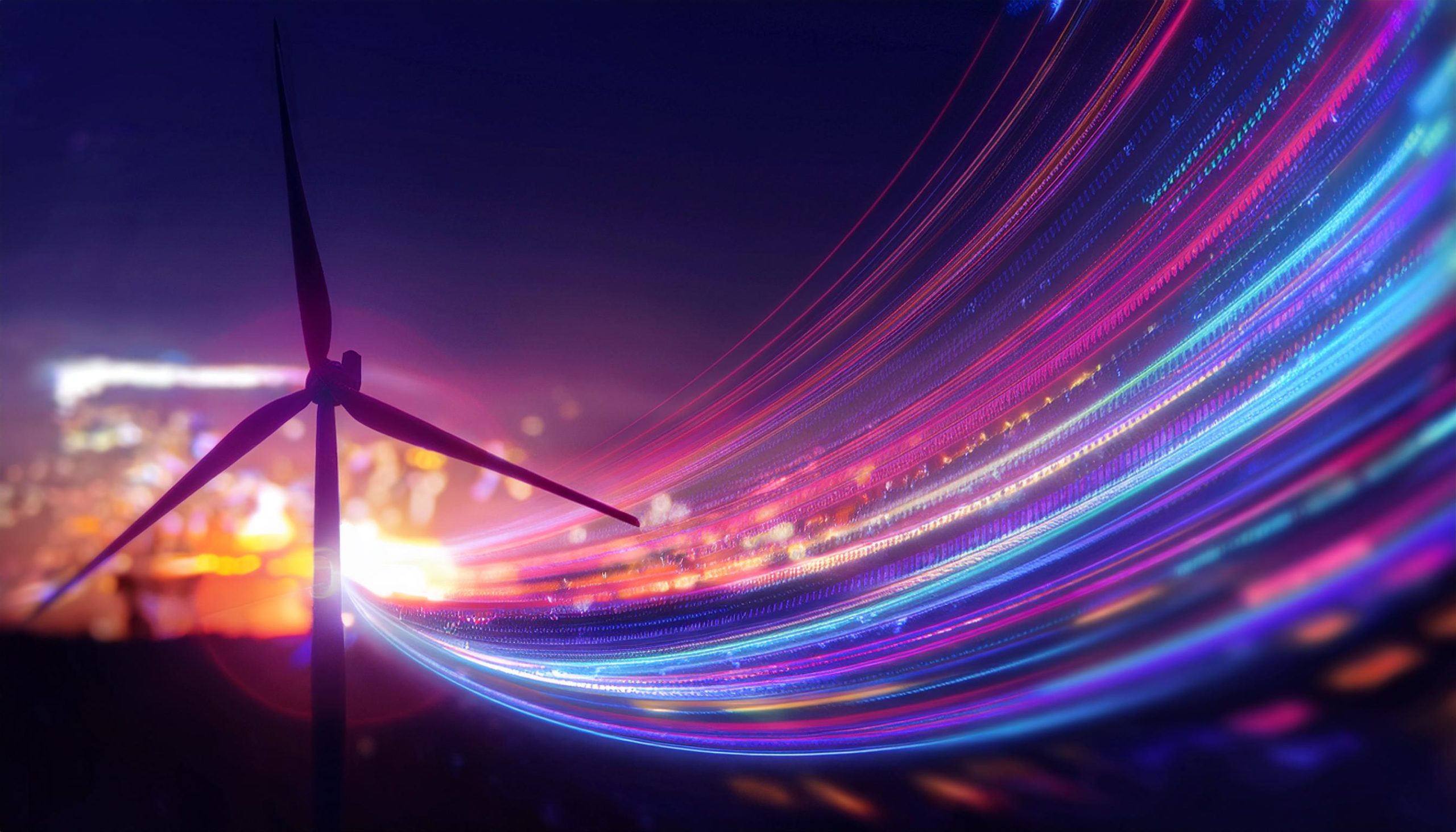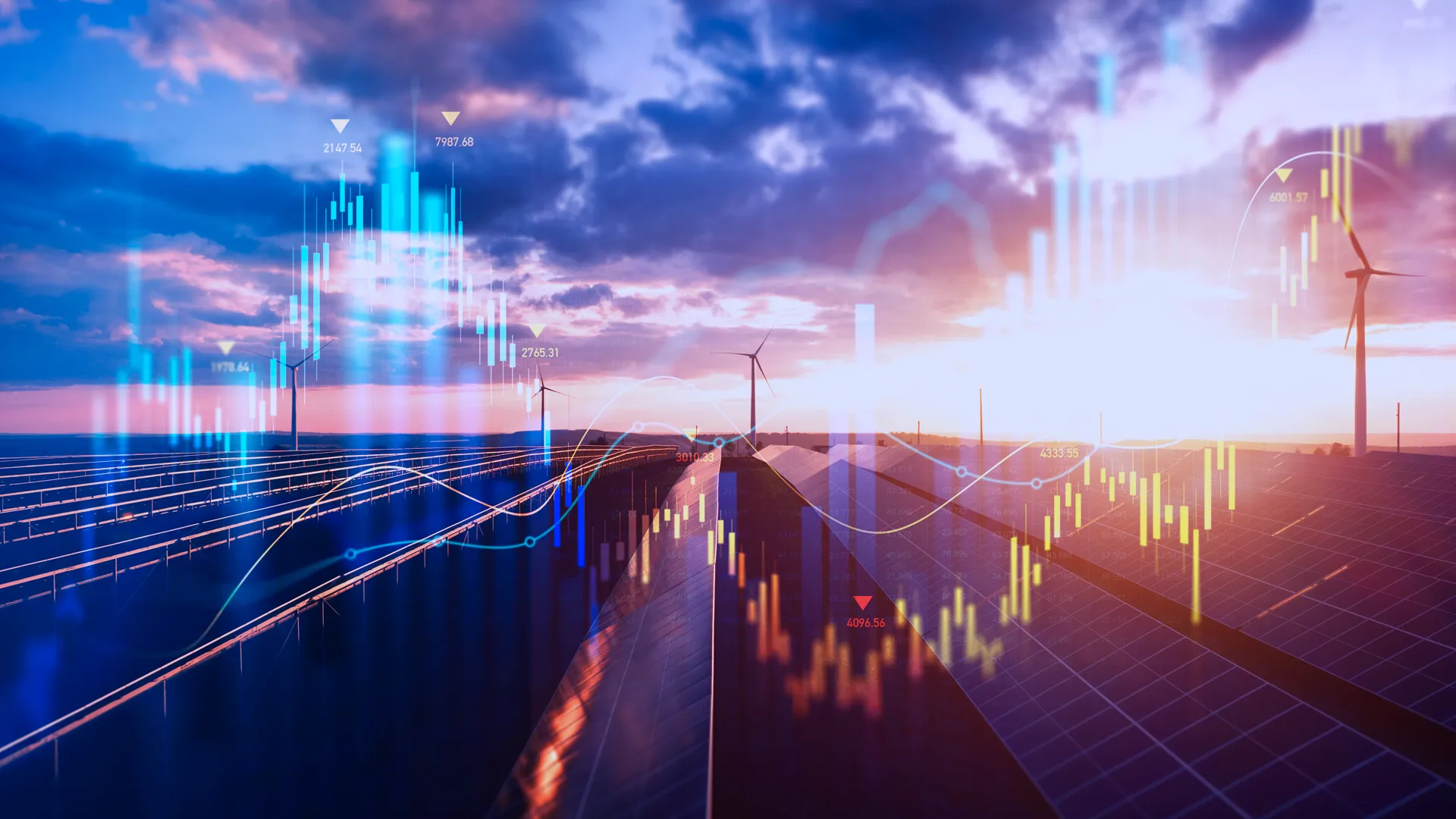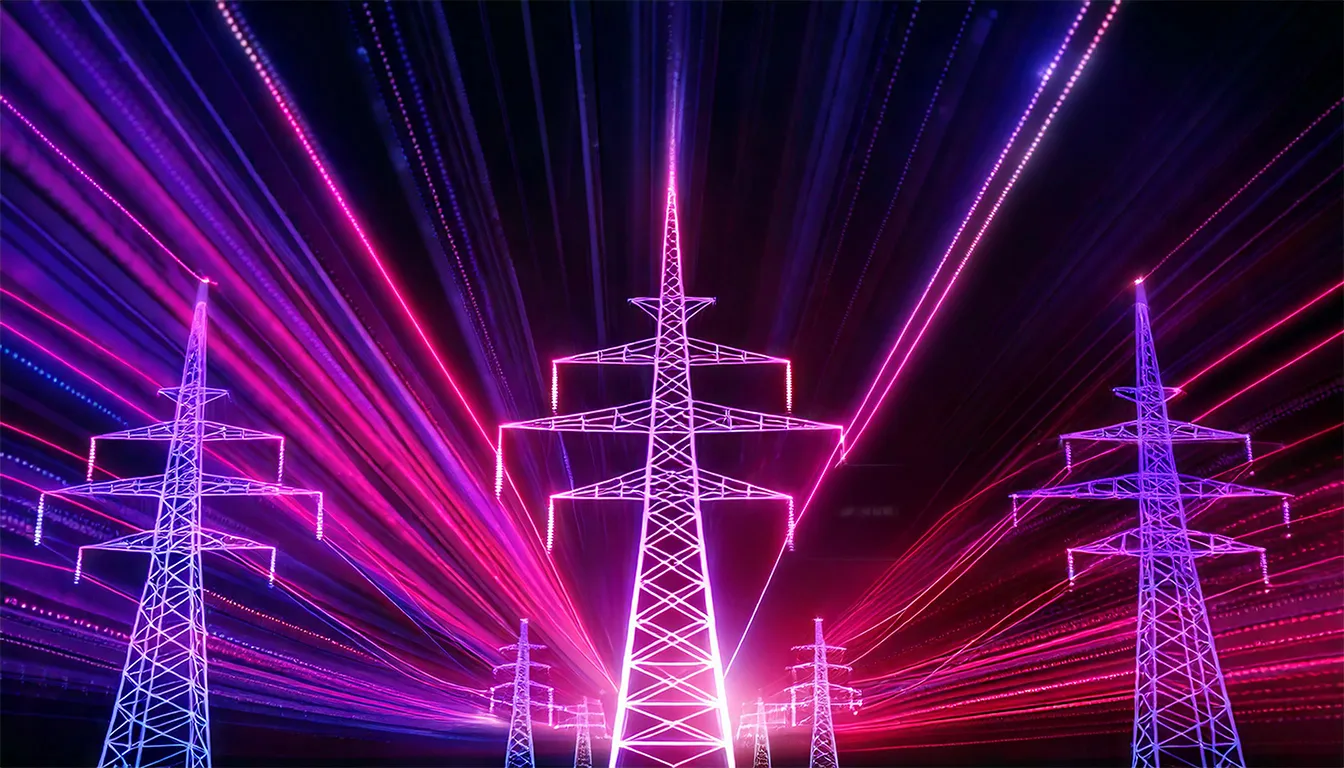Power through data
Our central mission is to pave a better way ahead for evolving UK energy with trusted tech and expertise for Total Market Assurance.

Form an electricity or gas supplier
Navigate the web of regulations and obtain qualifications from regulatory bodies.

Manage your energy supplier business
Optimise operational efficiencies with data accuracy, CRM and regulatory compliance.

Retrieve and manage data from your meters
Consolidate disparate systems and formats to ensure seamless and effective data management.

Form an energy or gas supplier
Simplifying UK energy supply with expert consultancy and solutions.

Enable customer switching
Enhancing customer switching with seamless data transfer, compliance, and CRM solutions

Manage customer CRM and billing
Ensuring accuracy with real-time data, compliance, and efficient management capabilities.

Manage meters onsite
Optimising onsite meter management with reliable connectivity and efficient access solutions.

Be ready for MHHS
Preparing for Market-Wide Half Hourly, with enhanced metering, strategies, and real-time data management.

Comply with Elexon
Ensuring Elexon settlement code compliance with precise data metering and robust management.

Enhanced carbon reporting
Empowering journeys towards Net Zero with precise carbon tracking and regulatory insights.
Monitor, mitigate, and manage.
When it comes to energy data, we do it all.
Insight and solutions for energy suppliers and TPIs
Set-up, sub-metering, switching, and more. The solutions you need for the insight and impact you want.

Meter management in the field and across the UK
Installing and maintaining commercial meters with Dynamic Read Cycles, supported by site safety visits.
Data collection from commercial and domestic meters
Collecting data from meters to be compliant with NHH/HHDC and preparing for MHHS with MDR and DCC adaptors.
Data processing for Elexon Compliance and an efficient back-office
Beyond BSCO. Software and solutions that increase efficiency, reduce costs and pave the way to net zero.

